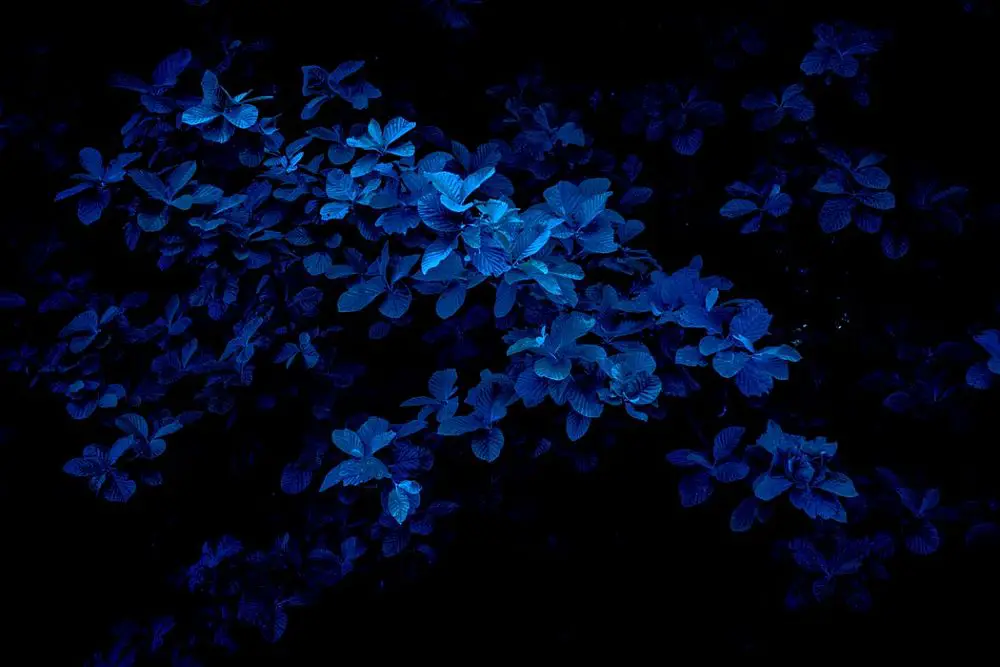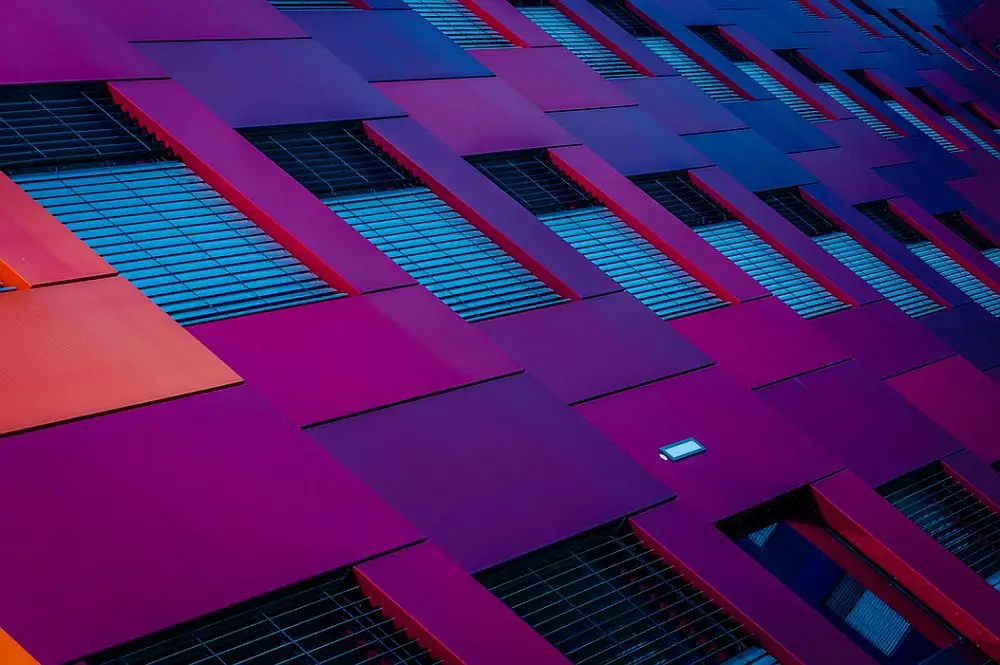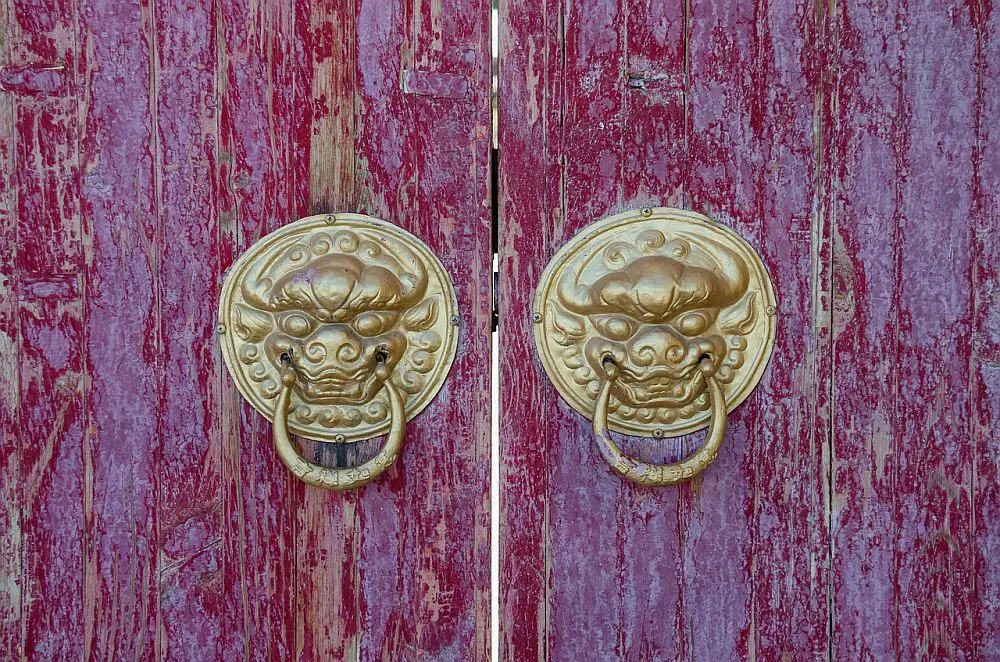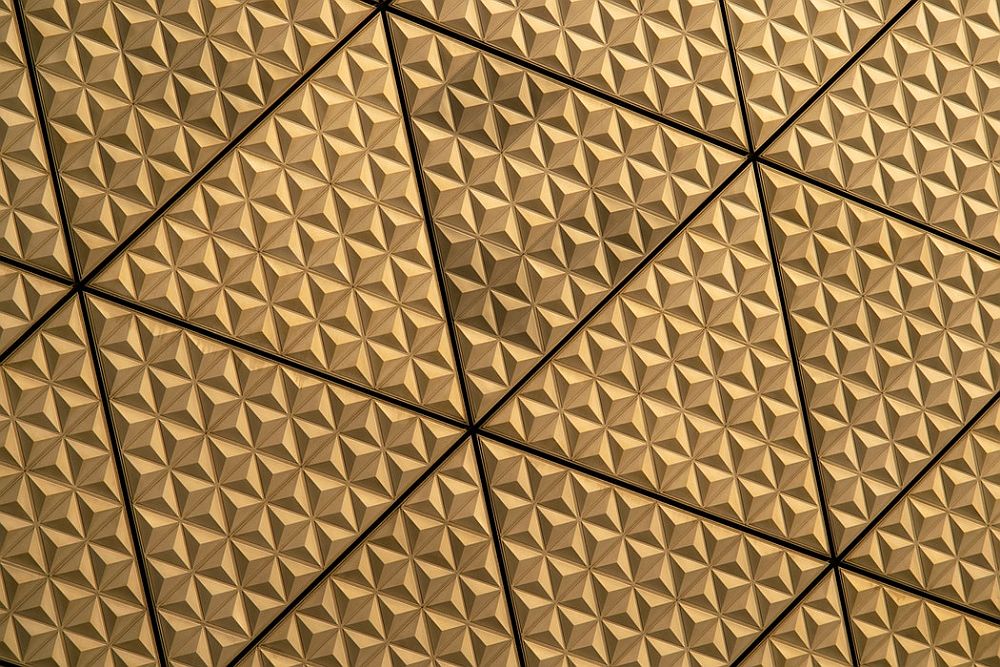Choosing the right color for your brand and products can immediately affect how your customers view and respond to your products and services. By simply using the right colors you can persuade customers to buy your product. What colors are more attractive? Which colors evoke certain emotions? Certain colors are more attractive than others – not in the sense of being prettier or better looking, but in the sense of being magnetic to customers. Black, red and copper are regarded as some of the most noticeable colors to the human eye, during a purchase decision. Impulse buyers tend to go for orange, red and blue while tight budget shoppers tend to go for green or pink. When choosing brand color schemes that work for any industry, one has to first consider how people feel about different colors. Here are some of the best color palettes for brands and the kind of emotions they carry. These 12 colors have proven to increase sales, draw attention, and stay memorable for customers.
Which Colors Should I Choose for My Brand?
Fiery Crimson Red
Red is one among the most powerful colors for marketing but you’ll want to be careful. Poppy, candy apple red can be overused and denote the wrong kind of common vibe. Red is a primary color in the R.G.B as well as the C.M.Y.K color models, so it’s used a lot with the assumption that it plays well with others. Some of the emotions that red exerts are excitement, love, danger, passion, anger, and strength. This eye-catching color can be used for all industries but is commonly used in retail as well as the travel and fitness industries. By choosing a rich crimson or a regal and under-rated maroon, your brand will stand out among the Coca-Colas on the scene.
A Deep Indigo Blue
Blue is generally one of the three primary colors and can be viewed as trustworthy and cool. This color can be associated with faithfulness, maturity, harmony, distance, confidence, imagination, competence, trust, dependability, cold temperatures, security, and maybe even sadness. With such a multi-faceted range, it’s best to find a way to differentiate yourself. By choosing a deeper shade with a hint of purple, you’ll distance yourself from the navy and sky alternatives in your industry. This common color can be used as brand colors for a wide range of industries like healthcare, finance, business, travel, real estate, and entertainment.
A Lush, Forest Green
Green is one of the colors of money and is commonly linked to wealth. It is a versatile color that is natural and inviting. This color can also be associated with harmony, life, nature, health, growth, environmental responsibility and youth. Some may also associate it with spring, envy, hope, freshness, sustainability, and fertility. Green is also the color of our environment so industries that involve the agriculture, environment, and education are green industries by default. A lot of green branding that you will find on websites and shelves is a grassy, Kelly green. If you choose a deeper emerald hue, your brand will be unmissable.
Pale Yellow
Yellow makes us think of the sun and is clinically proven to make us feel cheerful. This color is used to command your audience’s attention and show how confident your brand is. It is a secondary color made by combining red and green. Generally, yellow is associated with amusement, gentleness, friendliness and warmth, youth, spontaneity, envy, humor, sunshine, jealousy, and cheer. Industries like traveling, pool services, and repairs work well with yellow. If you want to steer clear of looking like bright, bold caution tape or a bumble bee motif, move away from goldenrod and right into your palest yellow options to exude class and sophistication.
Coral Orange
Orange is a cool, fun and energetic color. It gives customers the confidence to make heavier purchases. Some of the emotions it exerts are invigoration, activity and energy, danger, amusement and warmth, value and candor. This color is commonly used to gardening services, brand construction, and farming. However, you can spin orange into sexier industries or luxury experiences by shifting to a peachy, coral hue instead of going full traffic-cone.
Dark Purple
Purple is the color that is intermediate between red and blue. It is also the color of ancient rulers and therefore signifies royalty. This royal color provides a pinch of elegance and class to your brand. This can be associated with elegance, style, wisdom, magic, mystery, royalty, sophistication, glamour, and piety. Once paired with pink, it can also be associated with femininity and seduction. Even the industries associated with this color have a touch of feminism like beauty, arts and of course clothing. The darker purple you choose, the more sophisticated and serious your brand will be seen.
Bubblegum Pink
Pink is completely fun, frilly and perfect for any female centric industries like floral, beauty, and fashion but wait! Pink isn’t just for the ladies. If you combine pink with white you will find it is associated with chastity and innocence where as if you combine pink with black you get eroticism and seduction. That is why good color choices take careful planning as an addition of a different color can change everything. Pink is also linked to charm, beauty, sensitivity, femininity, politeness, sweetness, friendliness, and romantic feelings. By opting for a true bubblegum pink, your brand can appear energetic and fresh.
Mahogany
Brown is found to be one of the least favorite colors by the public but there’s no real reason for why. Though brown is the color of dirt, it’s also the color of chocolate. This earthy tone offers comfort to customers helps them feel relaxed. This color can be associated as masculinity, seriousness, plainness, ruggedness, endurance or rich textures. Main industries suitable for this color are construction, fitness, and auto repair industries but the right mahogany or cognac shade can be used for cigar brands, luxury jewelry, dessert food brands, restaurants, and hotels.
Jet Black
Black is literally a color that contains no hue, just like white and gray colors. We can combine black with white to show opposites like good and bad. Black showcases formality, authority and strength. It may also indicate mystery, elegance, luxury, mourning, and tradition. Nearly any type of brand can employ black as a secondary or tertiary color but to go full, matte black your brand had better be bold, serious, and sexy.
Dove White
White is the direct opposite of black. White signs completely reflect as well as scatter all of light’s visible wavelengths. It can also be a sign of purity and virginity like a bride on her wedding day. This color is associated with purity, simplicity, perfection, new beginnings, cleanliness, and modernity. While off-whites and ivories tend to indicate a more vintage elegance, true-white can be used with more modern repose.
Heather Gray
Gray is literally a color without color. It is an intermediate color between black and white. Gray is also the color of neutrality, composure, uncertainty, conformity, impartiality, balance, boredom, indifference, old age, and modesty. Industries like finance, legal, and counseling will use this color well. Gray is VERY trendy right now for nearly every industry, seen as a more favorable neutral option over the browns we discussed before.
Solid Gold
This powerful color offers a spark of elegance and prestige. Gold can be more powerful than purple but once used with purple or green it can symbolize wealth and pedigree. This color can be associated with glitz, love, courage, wealth, prosperity, compassion, sparkle, and glamour. Industries associated with this color include jewelers as well as beauty and fashion but other industries can use a pure gold – nothing too brassy or fake in appearance – to add class and luxury to their brand, too.
Your Brand Color Choices DO Matter
When choosing colors for your brand you have to be very careful as it will affect the message you portray either positively or negatively. Sometimes it is better to use a combination of colors to portray your message.
It is very important to know what message or feeling your brand wants to carry before deciding on which colors to use. The type of personality the brand portrays will help you understand where you’re heading. Also, remember men and women prefer different colors when associating themselves to a brand. So ensure that you target the right market. Also remember to have a sense of order when compiling all the different colors together.
You also need to understand if you’re going for colors that are bright and vibrant or light and simple. In the end, the most important part of brand colors is to ensure that it is visually appealing and inflicts the right emotions.
The post The 12 Best Colors For Your Brand (and What They Mean) appeared first on Web Design Blog | Magazine for Designers.
via https://ift.tt/2SCSdbR







No comments:
Post a Comment